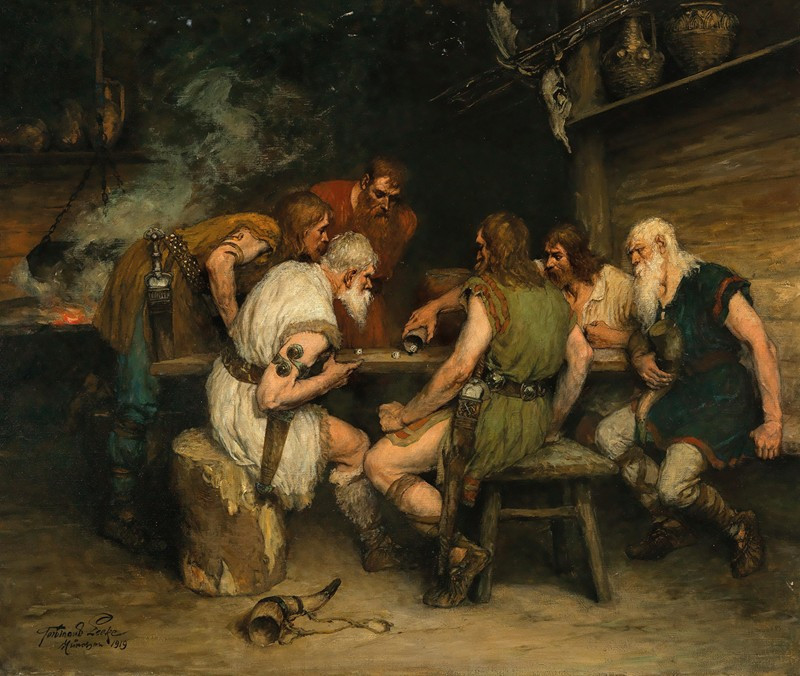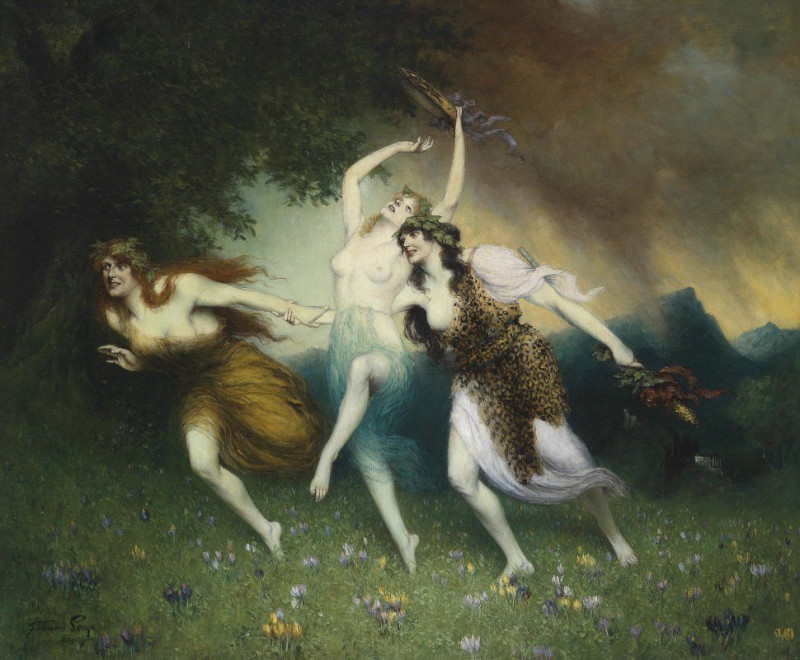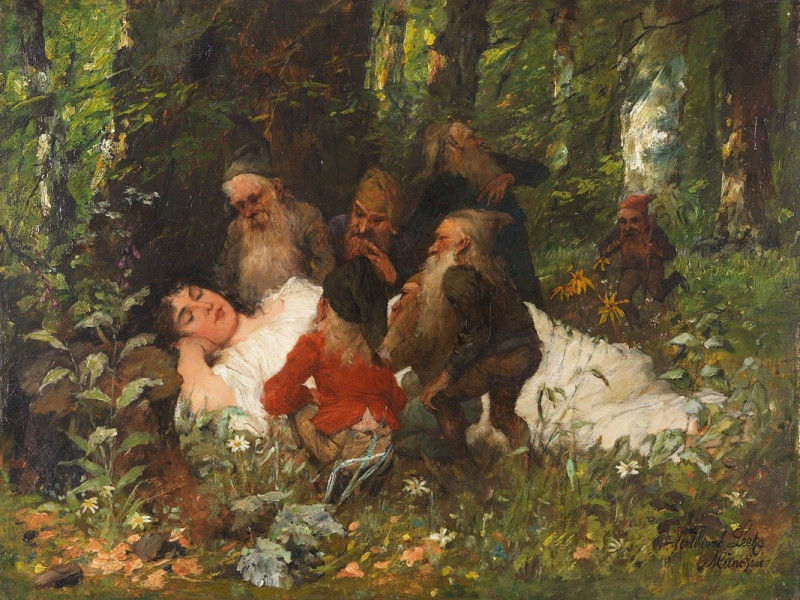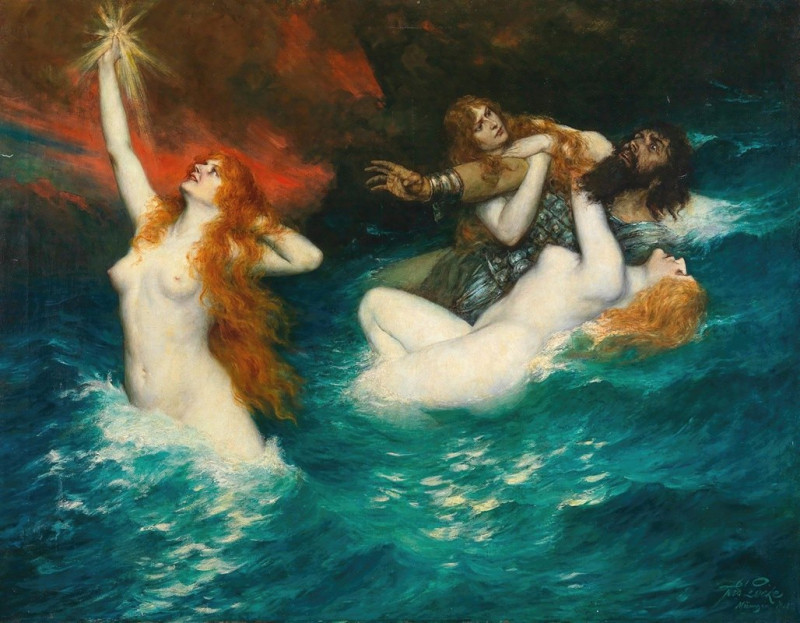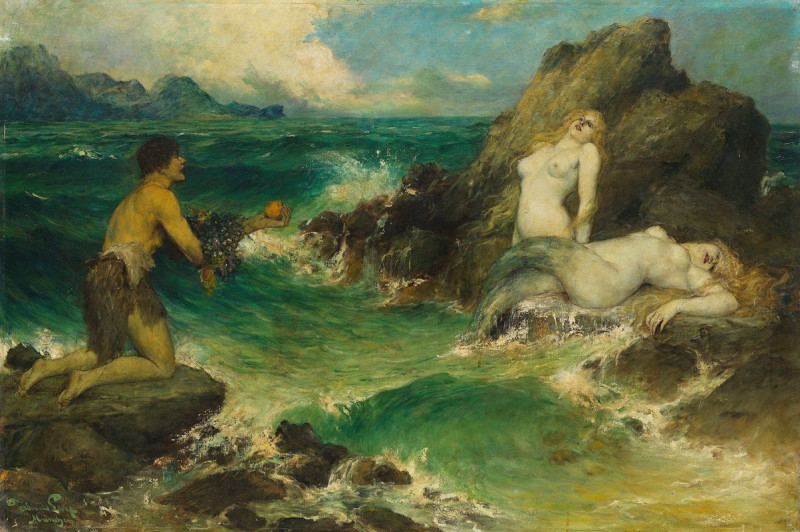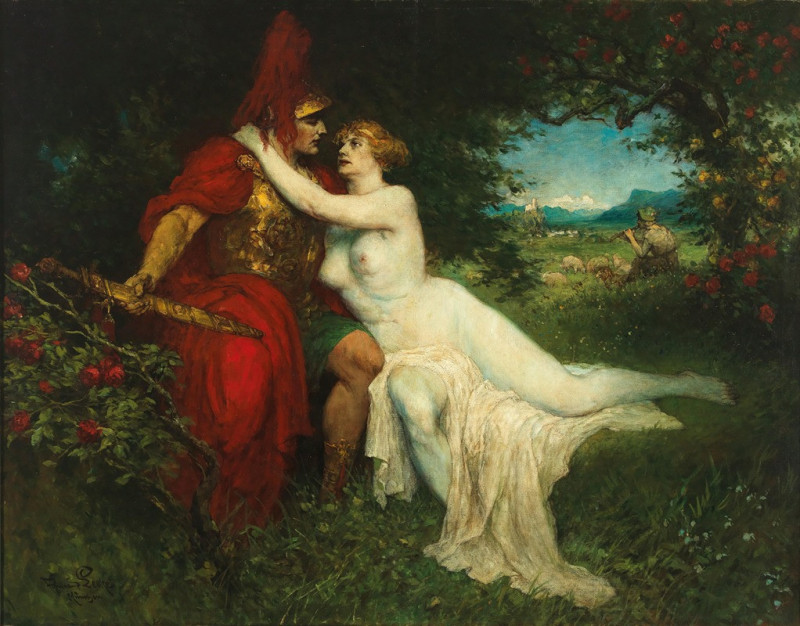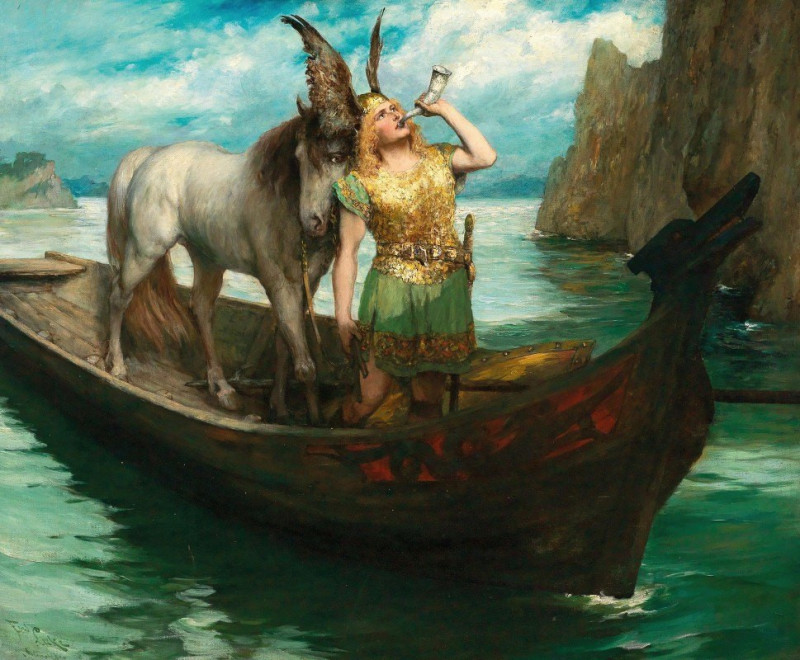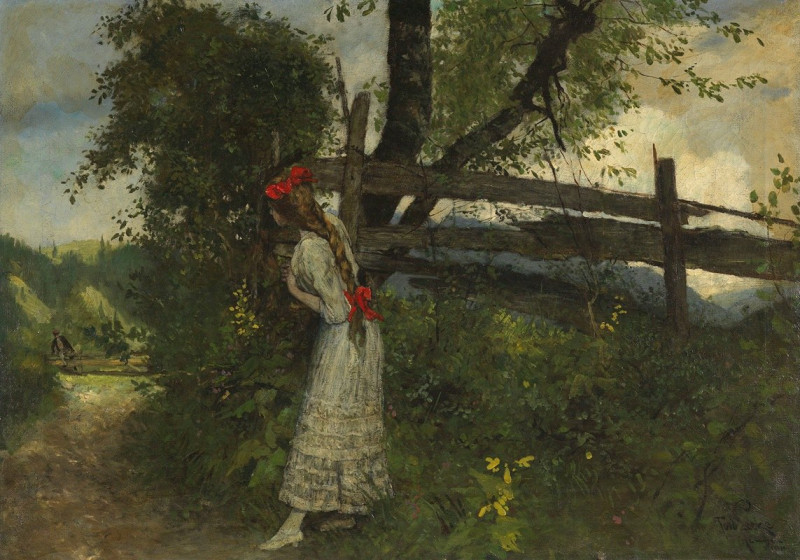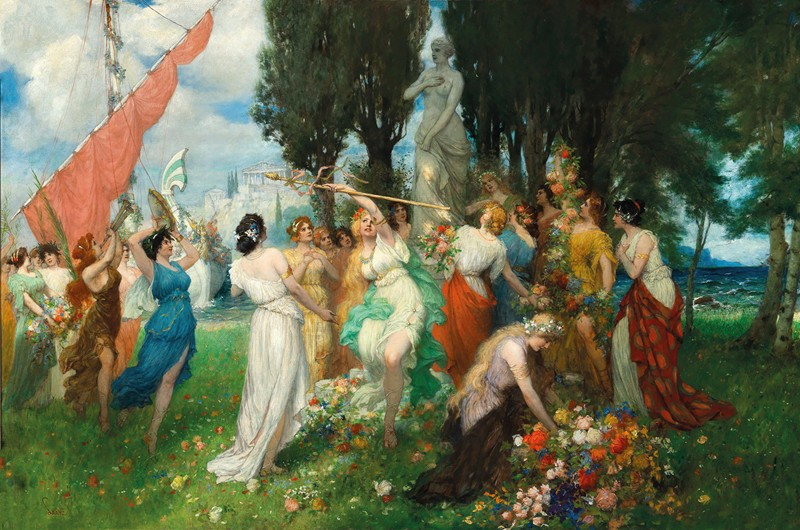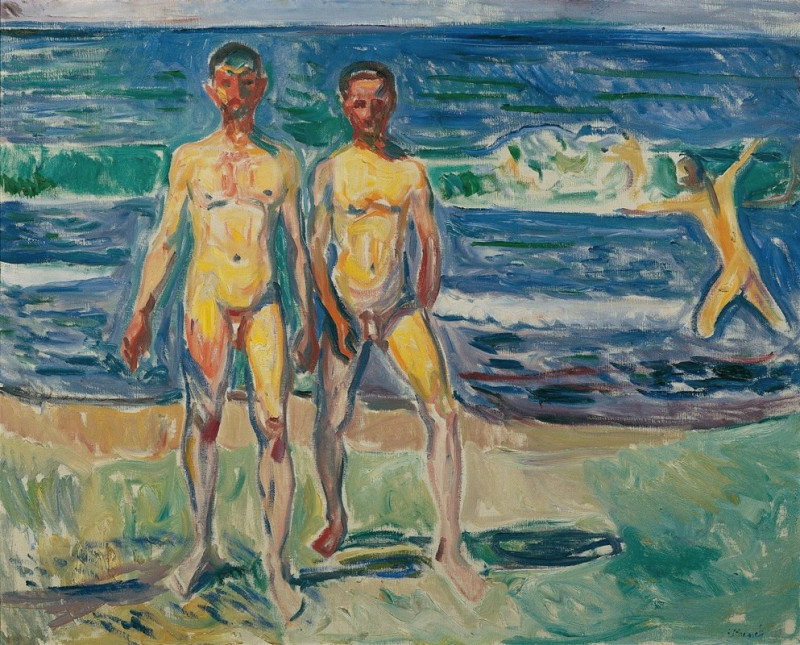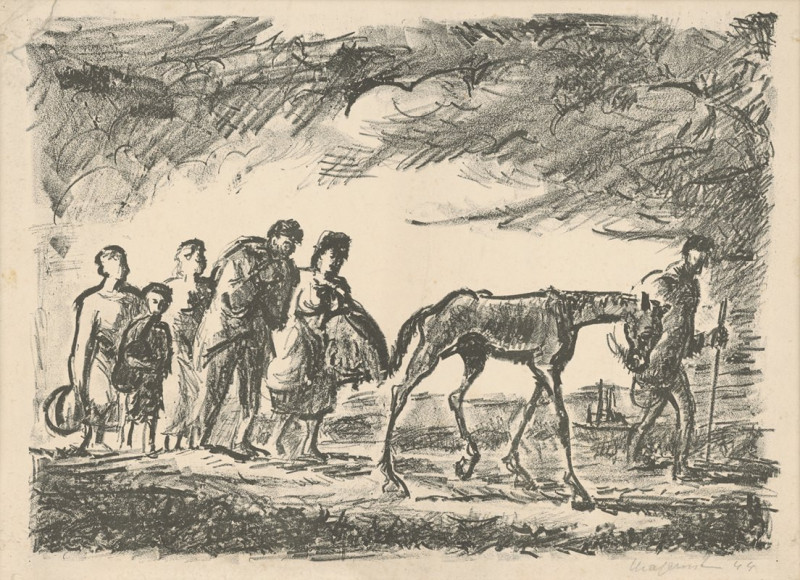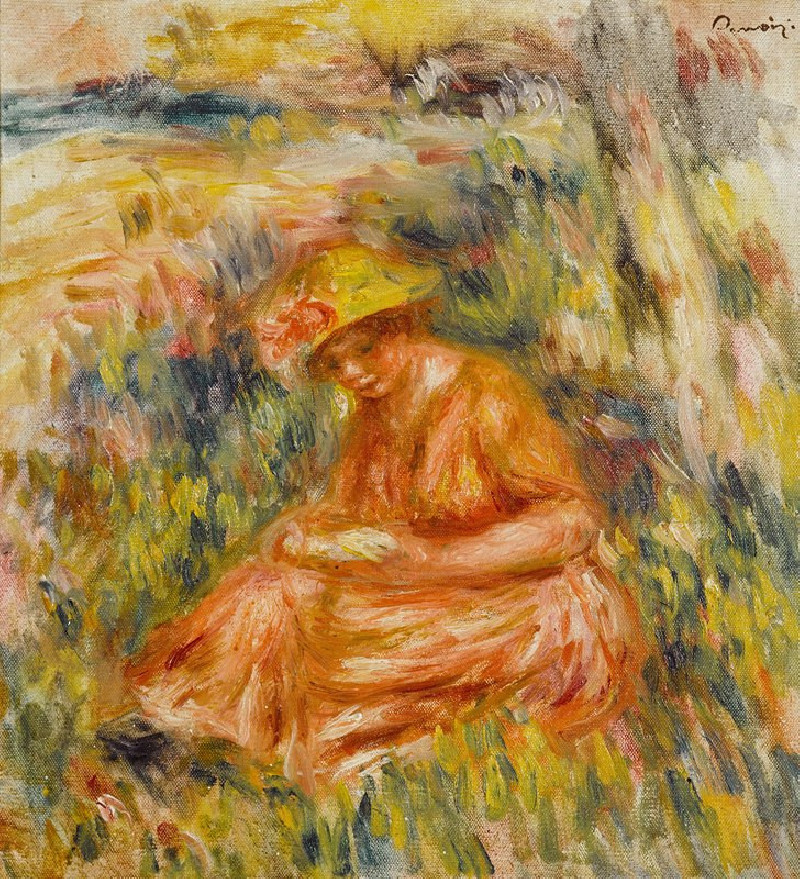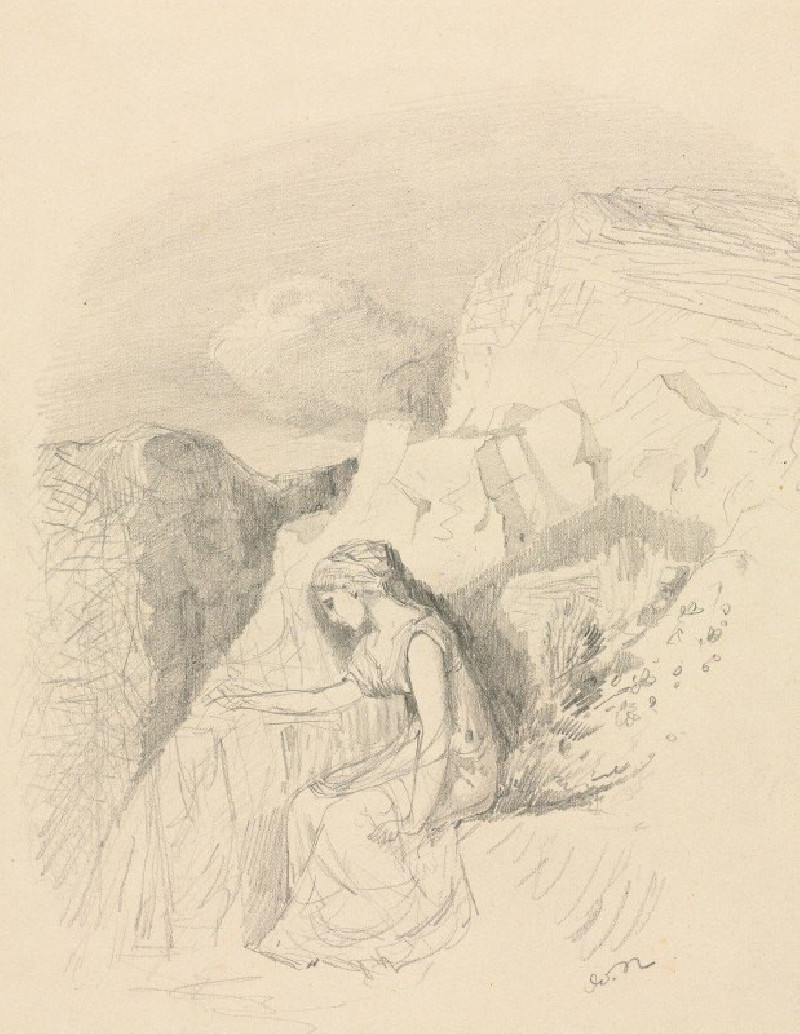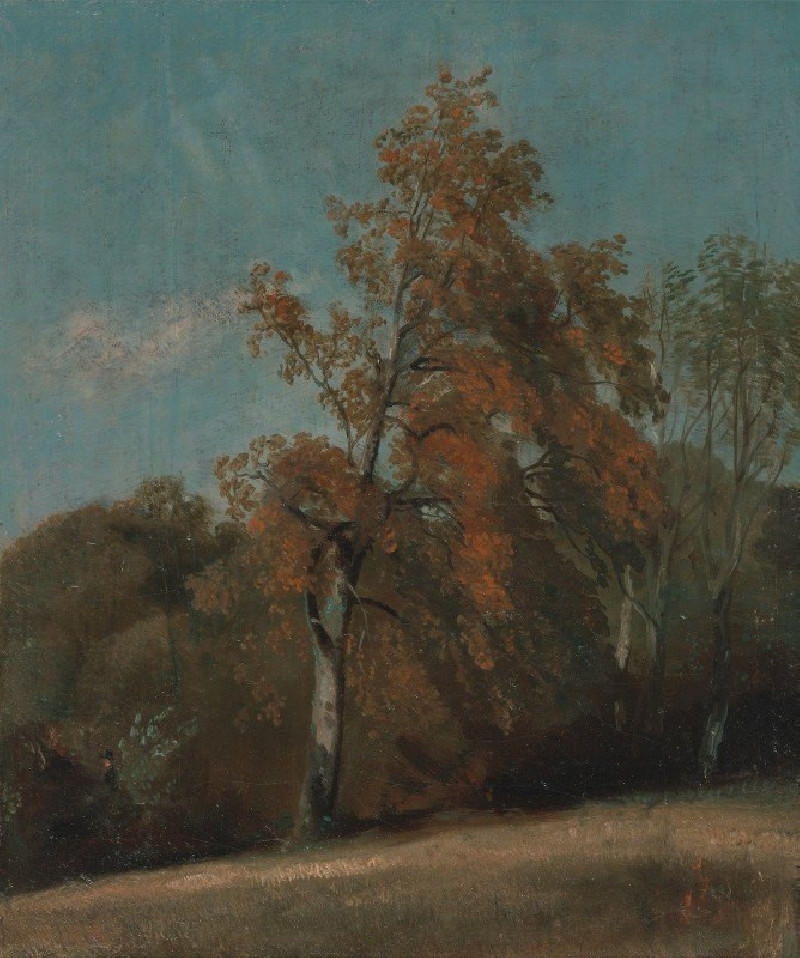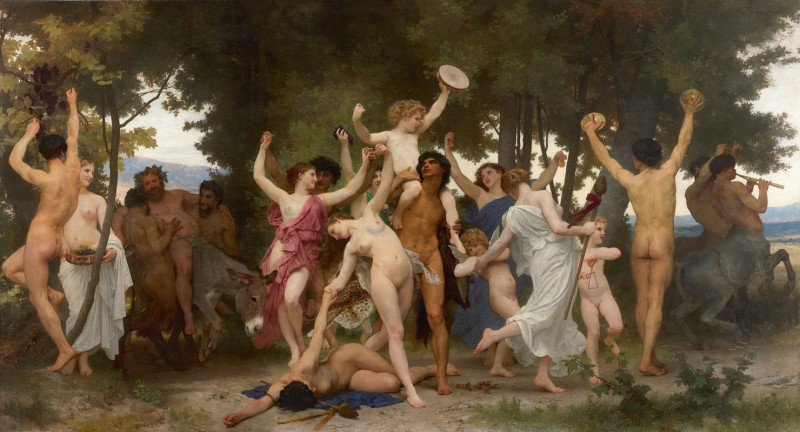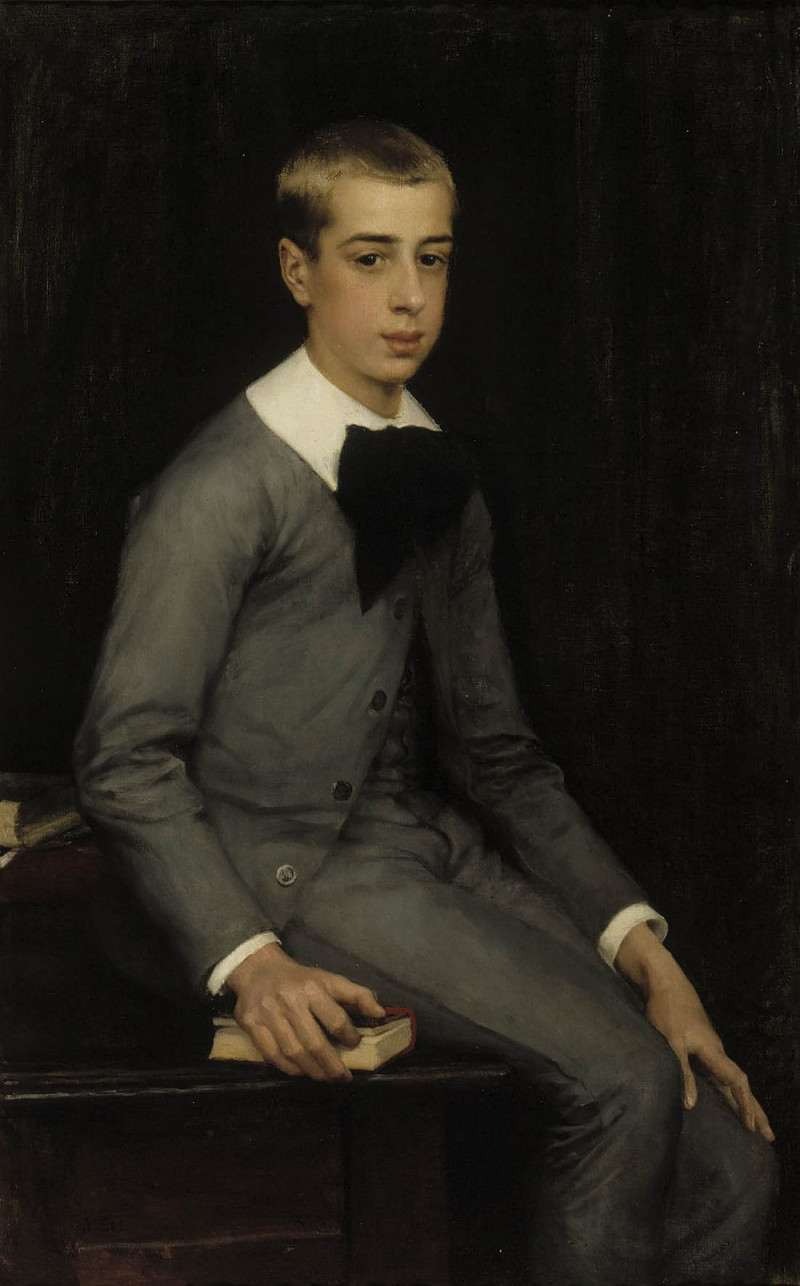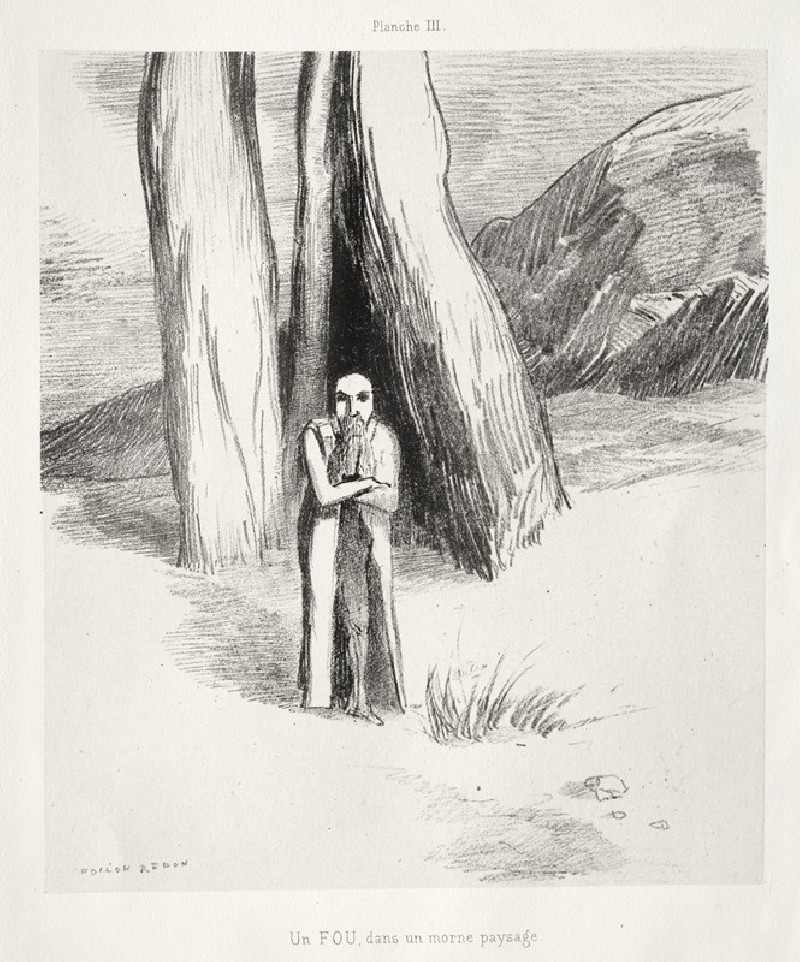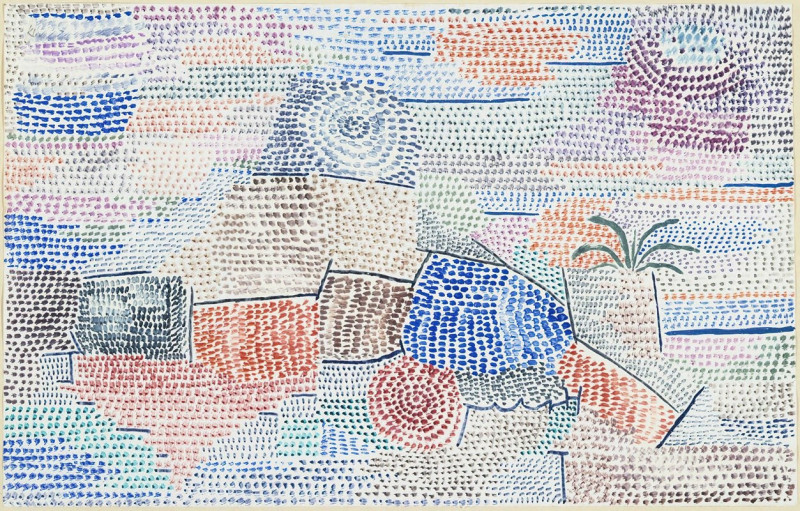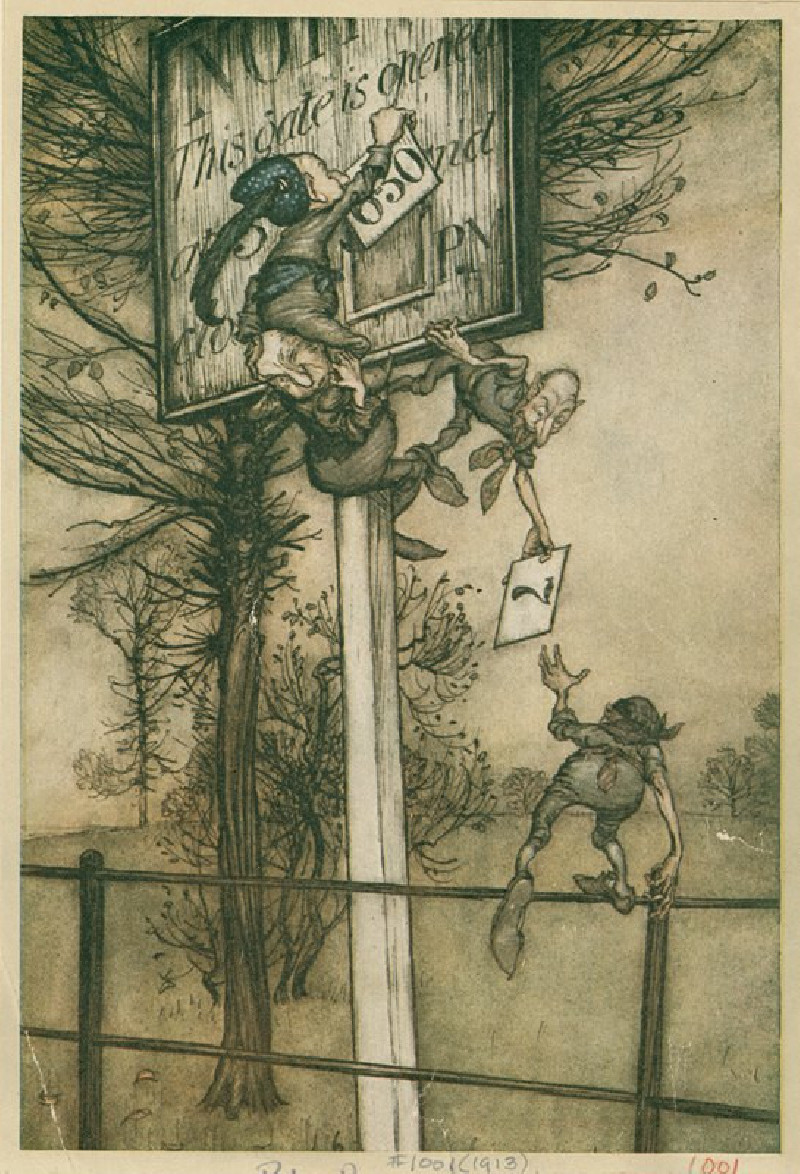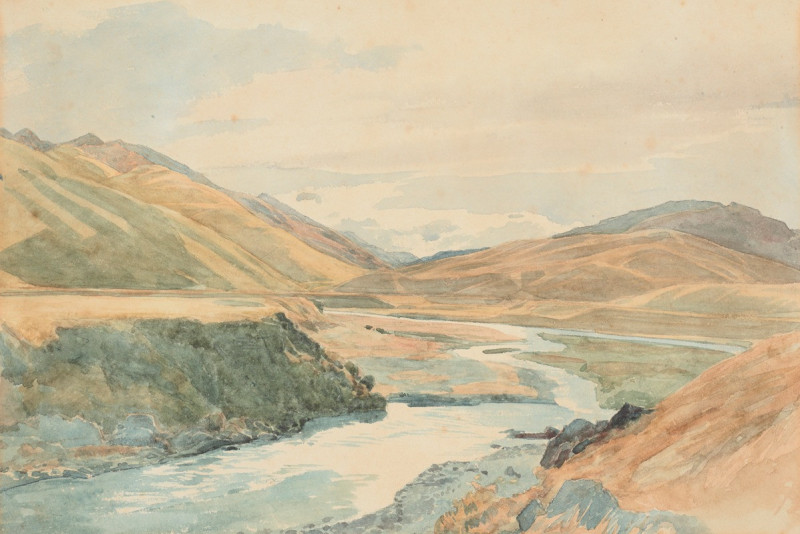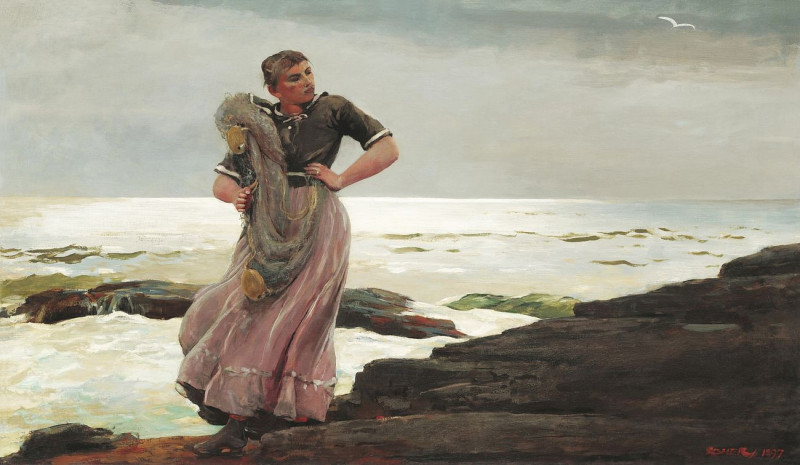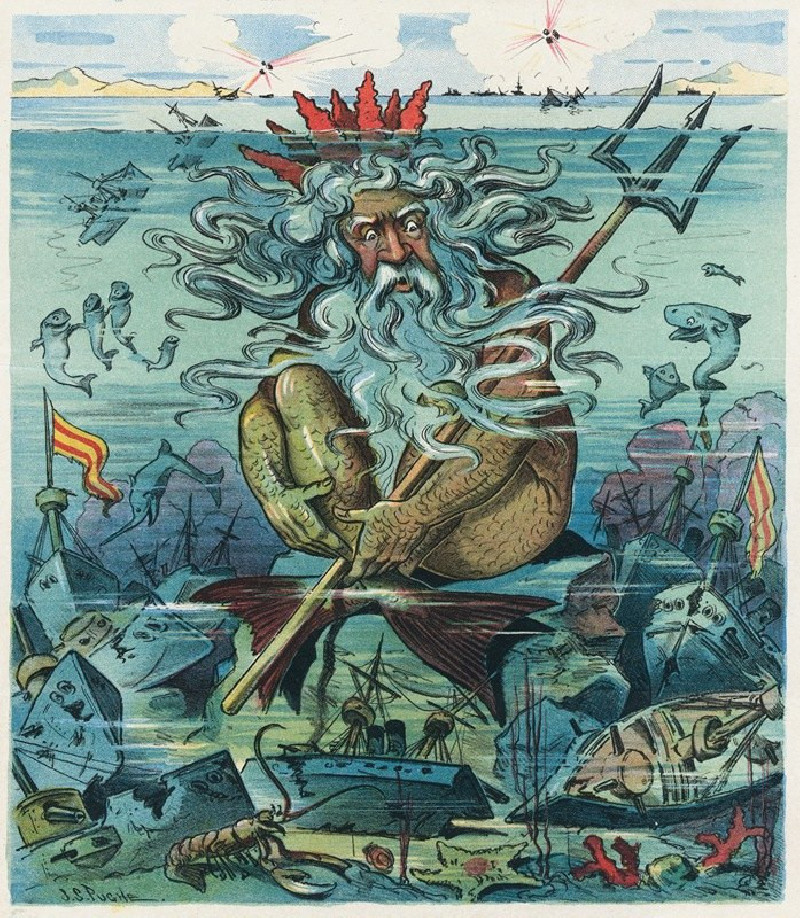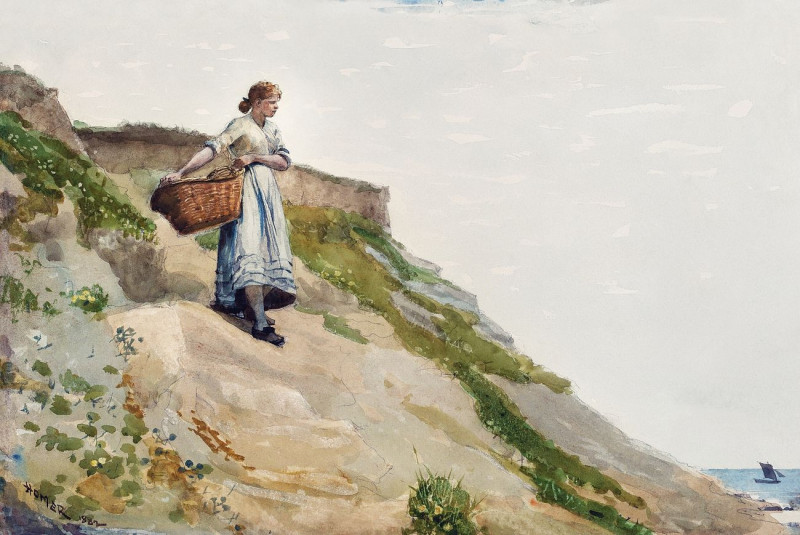Europa auf dem Stier (Ca. 1910)
More about this artwork
Delivery
Reproductions are made to order and take 5 to 7 working days.
We send them out by courier and delivery takes another two working days.
If you need a reproduction sooner, please contact us - we can usually find a solution and produce it a little faster.
If you don't want to pay for postage, you can pick up your paintings at our galleries in Kaunas or Vilnius.
Returns
Yes, reproductions can be returned.
If you have any doubts more than 30 days after the date of purchase, please contact us - we will take the reproduction back for a refund or offer you a replacement!
We accept a maximum of two returns per customer - please note that we make reproductions to order, so please choose responsibly.
We do not refund shipping expenses.
Ferdinand Leeke (7 April 1859 – 1923) was a German Painter, famous for his depictions of scenes from Wagnerian Operas. A native of Burg bei Magdeburg, Germany, he studied at the Munich Academy under Ludwig von Herterich (1843–1905) and Sándor Liezen-Mayer, a genre and historical painter, and with Alexander von Wagner (1838–1919), a Hungarian genre and landscape painter.


